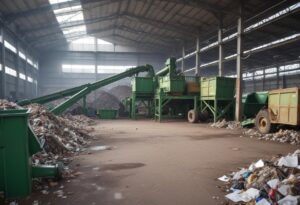There are numerous varieties of light bulbs available. Although not all of them are energy-efficient, they all provide light and carry out their stated functions. Here is a list of the most popular light bulbs along with some advantages and disadvantages for each.
LED
The light-emitting diode, or LED, lasts 25 times longer than a standard lightbulb while using only about 20 to 25 percent of the energy. Although LED lights are generally more expensive than other types of lightbulbs, they will end up saving you money in the long run because they use less energy and last longer than other lighting options.
Despite how much better for the environment these lights are, they aren’t quite ready to take the place of the less energy-efficient bulbs. These lights are not appropriate for lighting an entire room; under-counter lighting is where they work best.
CFL
The curved version of the long tube fluorescent lights you typically find in your kitchen are compact fluorescent lamps, or CFLs. Because they use less electricity than conventional incandescent bulbs, they can usually pay for themselves in nine months.
The compact fluorescent lamp starts saving you money after the first nine months. It consumes only 1/4 of the energy of an incandescent lightbulb’s lifespan while lasting ten times longer. These bulbs can be used in any location where incandescent bulbs are used. Given the small amount of mercury it contains, it is advised that you recycle it when it has served its purpose.
Incandescent Halogen
These light bulbs contain a gas capsule that contributes to the efficiency improvement. Although halogen incandescent bulbs burn at a higher temperature and are more expensive than incandescent bulbs, they are slightly more energy efficient.
The fact that this light bulb has a look of natural daylight is a plus, though. The light can be dimmed, and colours seem sharper. Under-cabinet lighting is the ideal application for this kind of lightbulb.
Incandescent
These light bulbs are both very affordable and widely used. They last between 700 and 1,000 hours and emit a very calming light. These lightbulbs are not as energy-efficient as other varieties, though.
Fluorescent
Fluorescent bulbs come in a variety of designs, including warm, cool, and unique coloured versions. These bulbs last longer than incandescent bulbs and produce more light. The disadvantage of these bulbs is that they cannot be dimmed. This lightbulb works best in a roomy space, like a basement or attic.
It can be challenging to select the best lightbulb. Everything depends on the type of lighting you require and what you believe would be best for your house. Therefore, when choosing which bulb to use in the space, consider the room’s intended use.



